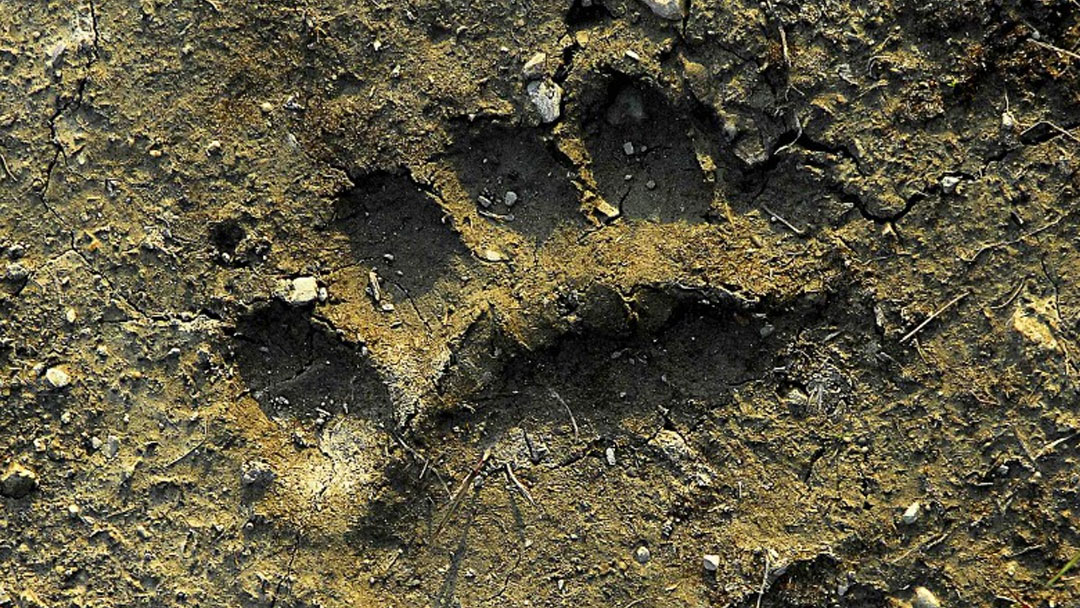Prince George, BC – A northern conservation group is calling for a moratorium on primary forest logging in the Prince George Timber Supply Area following the release of an investigative report by the Forest Practices Board (‘the Board’). The Board concluded that biodiversity is at high risk in the vast majority of landscape units within the District and has recommended that old growth be promptly mapped and protected where it is most threatened by industrial logging.
The Board’s investigation was elicited by complaints from the public.
“We view this as an indictment of industrial forestry practices in our region. The only way the government of BC actually manages biodiversity is by keeping the activities of licensees in check. They have failed to do this,” asserts Jenn Matthews, outreach coordinator with the volunteer-based group.
While the Board’s report concludes that licensees are complying with the current legal requirements of the Biodiversity Order (‘the Order’) for the region, more importantly it states that the Order is out of date such that even full compliance results in the unsustainable loss of critical wildlife habitat.
This is the second time in 2020 that an independent analysis has pointed out that effects of industrial forestry in the Prince George region have been irredeemably harmful to nature. The first instance was the Last Stand report, which was prepared by scientists and identified areas across the province that are hotspots of biodiversity loss due to logging of primary forest.
Despite their strong recommendations aimed at the BC government, the Board report seems to gloss over the negative effects of a peculiar legal loophole that is built into the Order.
According to Sean O’Rourke, who runs Conservation North’s field program: “the Order allows licensees to submit something called an old growth ‘recruitment strategy’ which is basically an ‘IOU’ to the government for old growth that doesn’t exist yet. A licensee will draw a line around a patch of 60-year old trees and promise that patch will get old one day.”
Put another way, licensees are using recruitment strategies as giant loopholes through which to log remaining old growth by setting aside younger forests as potential future old growth. Adds director Michelle Connolly: “Recruitment strategies are fraudulent because they allow licensees to circumvent the intent of the Biodiversity Order. Unfortunately we have a District Manager who has been signing off on them left and right.”
“This report makes it clear that there are terminal problems with how licensees are operating in the PG TSA. Industrial-scale logging of primary forest must be put on hold until the recommendations of the Board report are fully implemented,” asserts Ms. Matthews.
In the PG TSA, the work of keeping track of what has been logged and how much old growth remains is left to a group made up of licensees, as opposed to an independent body or the BC government. Conservation North views this arrangement as a serious conflict of interest that needs to be rectified if there is to be any hope of protecting wildlife in the long term.
In addition to mapping and protecting old growth immediately, Conservation North also supports the Board’s second recommendation for an update of the targets in the Order, with the strong caveat that it must be done by independent scientists, and without the influence of licensees.

